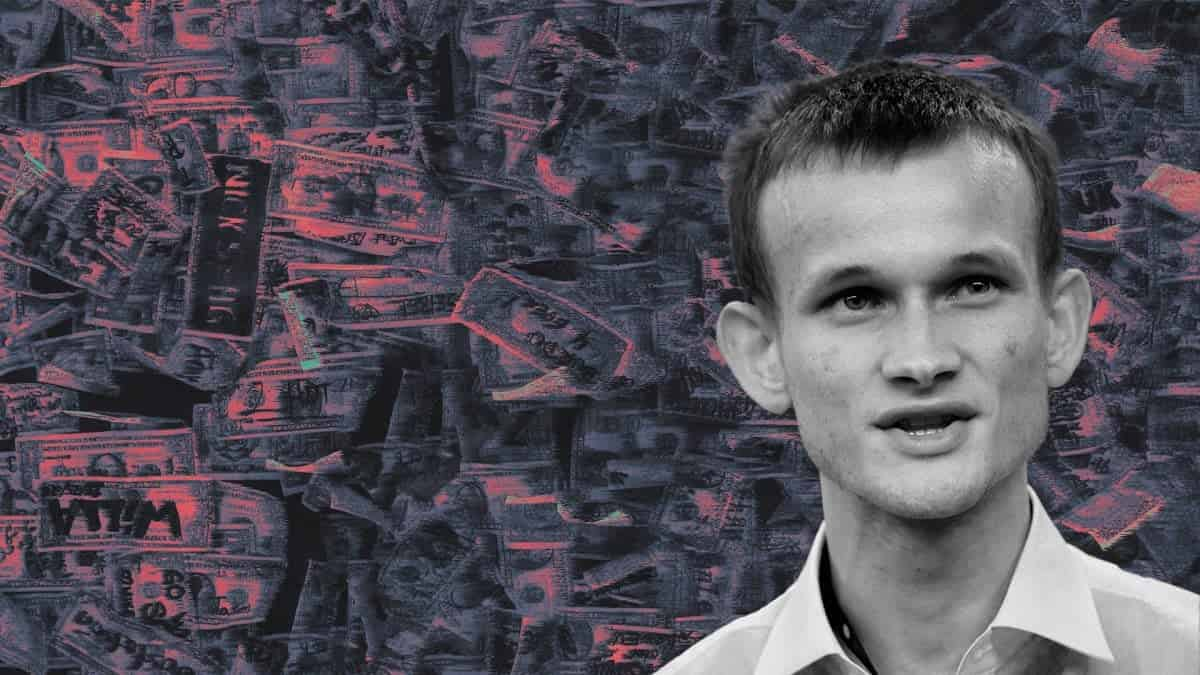Ethereum’s Verge roadmap could enable ‘stateless clients’ for block verification on everyday devices
Quick Take Ethereum co-founder Vitalik Buterin said verifying a blockchain should be computationally viable, even on a smartwatch. He said the main issue is that the network requires clients to store hundreds of gigabytes of data to verify blocks. Buterin suggested “stateless verification” as a potential solution for the issue.

Ethereum co-founder Vitalik Buterin detailed a potential future roadmap for the blockchain named The Verge, focusing on making a fully verifying node more achievable for a critical mass of people.
“Today, running a node is possible on a consumer laptop, but doing so is difficult,” Buterin said. “The Verge is about changing this and making fully-verifying the chain so computationally affordable that every mobile wallet, browser wallet, and even smartwatch is doing it by default.”
Buterin’s goals for The Verge roadmap include stateless clients, where thoroughly verifying clients and staking nodes should not need more than a few gigabytes of storage. In the long term, verifying the chain should be as easy as downloading data and validating their SNARKs, Buterin added.
In detail, Buterin explained an Ethereum client today needs to store hundreds of gigabytes of state data to verify blocks, and the amount of data continues to increase yearly. According to the Ethereum co-founder, this reduces the number of users who can verify the chain, creating “great friction” for new clients.
To solve the problem, Buterin suggested Stateless verification, which allows nodes to verify blocks without the entire state data.
In a stateless model, Ethereum clients and staking nodes wouldn’t need to store all the blockchain's state data. Instead, they would receive only the specific data needed to verify a particular block.
“Instead, each block comes with a witness, which includes (i) the values (e.g., code, balances, storage) at the specific locations in the state that the block will access, and (ii) a cryptographic proof that those values are correct,” Buterin said.
However, the Ethereum co-founder noted that implementing this verification method would require changing the Ethereum state tree structure, which poses computational difficulties.
In another method to accommodate Ethereum clients, Buterin proposed adding validity proofs of EVM execution to make the virtual machine low-resource. For a client who wants to verify a block with a SNARK, the network must provide validity proofs of consensus, the part of the system that handles deposits, withdrawals, signatures, validator balance updates, and others. Nonetheless, Buterin noted that building consensus proofs would take years to finish.
Disclaimer: The content of this article solely reflects the author's opinion and does not represent the platform in any capacity. This article is not intended to serve as a reference for making investment decisions.
You may also like
Trump Pushes House for Fast Approval of GENIUS Stablecoin Bill After Senate Vote
Why Max Keiser’s “Satoshi” Tweet Went Viral — Plus Kiyosaki’s $1M Bitcoin Prediction
USDP Memecoin Surges Briefly, Then Collapses
Yellen Urges Comprehensive U.S. Stablecoin Regulation Framework
